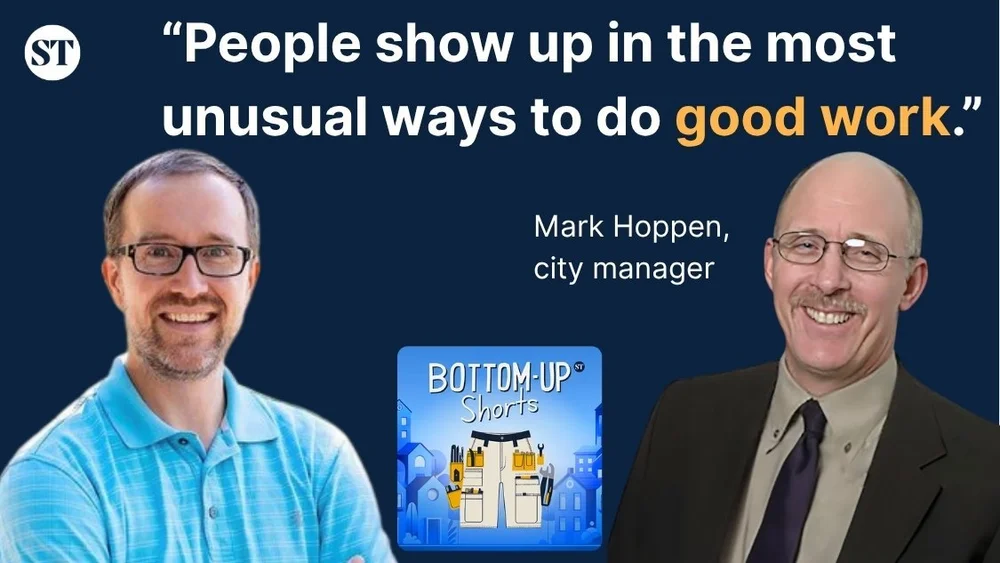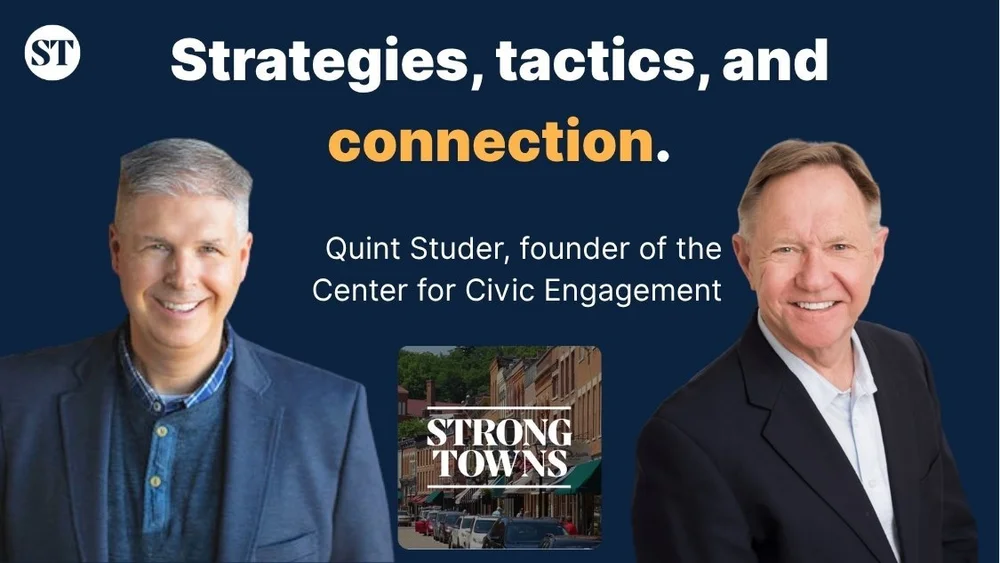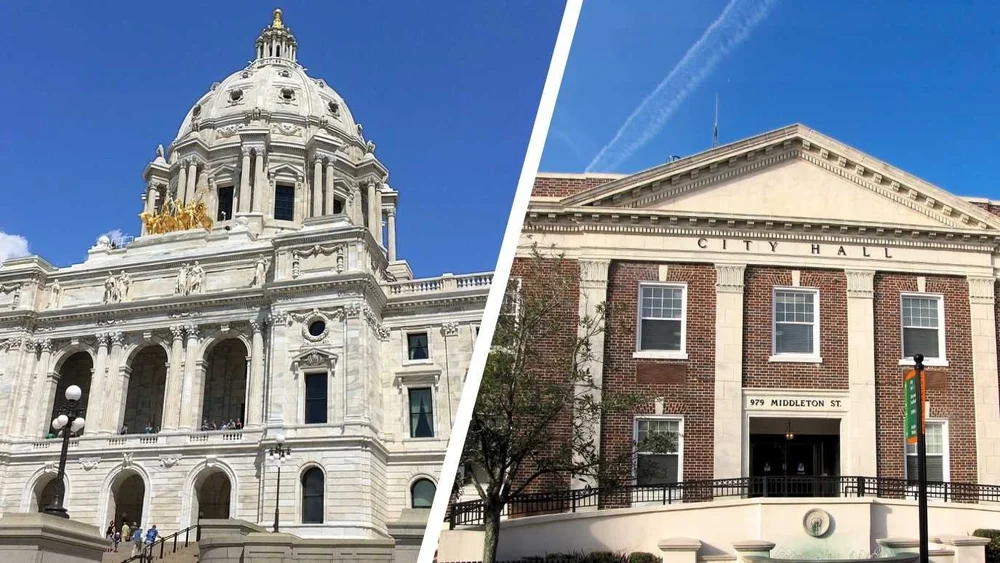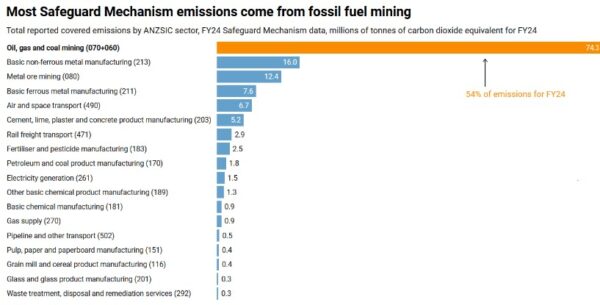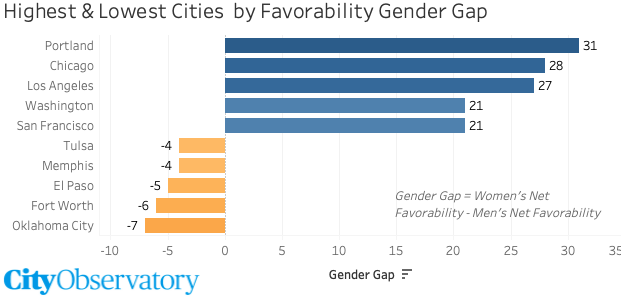On this episode of Dollars & Sense, Matt and Elinor discuss the RBA cutting interest rates five weeks too late, Australia’s biggest bank posting its biggest profit ever in an uncompetitive banking sector, and why Albanese seems to be putting a damper on expectations ahead of the economic roundtable next week.
This discussion was recorded on Thursday 14 August 2025 and things may have changed since recording.
Order What’s the Big Idea? 32 Big Ideas for a Better Australia now, via the Australia Institute website.
Host: Matt Grudnoff, Senior Economist, the Australia Institute // @mattgrudnoff.bsky.social
Host: Elinor Johnston-Leek, Senior Content Producer, the Australia Institute // @elinorjohnstonleek
Show notes:
‘Climate and the Economic Reform Roundtable’ by Jack Thrower and Rod Campbell, the Australia Institute (August 2025)
‘Solving the crisis: Raising the living standards of Australian workers’ by Lisa Heap, the Australia Institute (August 2025)
Theme music: Blue Dot Sessions



